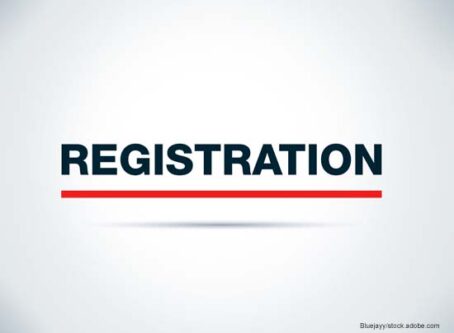Underride committee must remain objective, trucker says
Representing small-business truck drivers on a committee to study underride protections, OOIDA Board Member Doug Smith said emotions must be placed to the side.
“My own family is not a stranger to the tragedy of a death from an automobile accident,” the owner-operator from Utah said. “My mother in law was killed in a not-at-fault car wreck. There are a lot of emotions on the surface in this committee. These are decisions that need to be made objectively. I’m here to represent the small-business men who will be the ones who will have to pay for any of these mandates, and I want to bring some light on the cost versus benefits.”
Smith’s comments came on Thursday, May 25 during the National Highway Traffic Safety Administration’s first meeting for its Advisory Committee on Underride Protections. The 16-person committee will make recommendations to the secretary of transportation on safety regulations related to underride crashes that have caused severe injury and death.
The committee, which was mandated by the 2021 infrastructure law, comes at a time when NHTSA has released an advance notice of proposed rulemaking that will consider requirements for side underride guards on trailers and semitrailers.
NHTSA estimates that a side underride mandate on all trailers and semitrailers would save 17.2 lives and reap up to $166 million in safety benefits annually. Meanwhile, the annual cost of the mandate would be up to $1.2 billion.
The resulting cost per equivalent life saved would fall in the range of $73.5 million to $103.7 million.
The analysis did not include any effects of side underride guards on port and loading dock operations and freight capacity. It did not take into consideration modifications to infrastructure, maintenance and practicability and feasibility of intermodal operations for trailers equipped with side underride guards.
Smith told his fellow committee members that he believes more lives could be saved by educating car drivers about to how operate around heavy vehicles and by enforcing speed limits and current traffic laws.
“With over 75% of automobile and truck accidents being the fault of the automobile driver, that looks like the obvious place to be focusing our energies. Maybe it’s just because of covid, but it seems like 80 mph seems to be the new 70. Law enforcement has not done their part to bring speeds back down to the speed limit area. Now, we have people weaving in and out of traffic. They’re not in the wreck, but they’re causing the wreck. And we’re focused on giving everyone a safe place to crash into rather than stopping the people who are causing the accidents.”
Smith also informed the committee about issues with trucks getting stuck on railroad crossings.
“There are 162,827 public railroad crossings,” he said. “There are 1,160 low-clearance railroad crossings, according to the Federal Railroad Administration. I’m pretty sure there is no one else on this committee who has experienced the sheer terror of being grounded on a railroad crossing.”
Smith also encouraged the committee to invite someone from the railroad industry to discuss the problems and what issues an underride guard mandate may cause. LL









